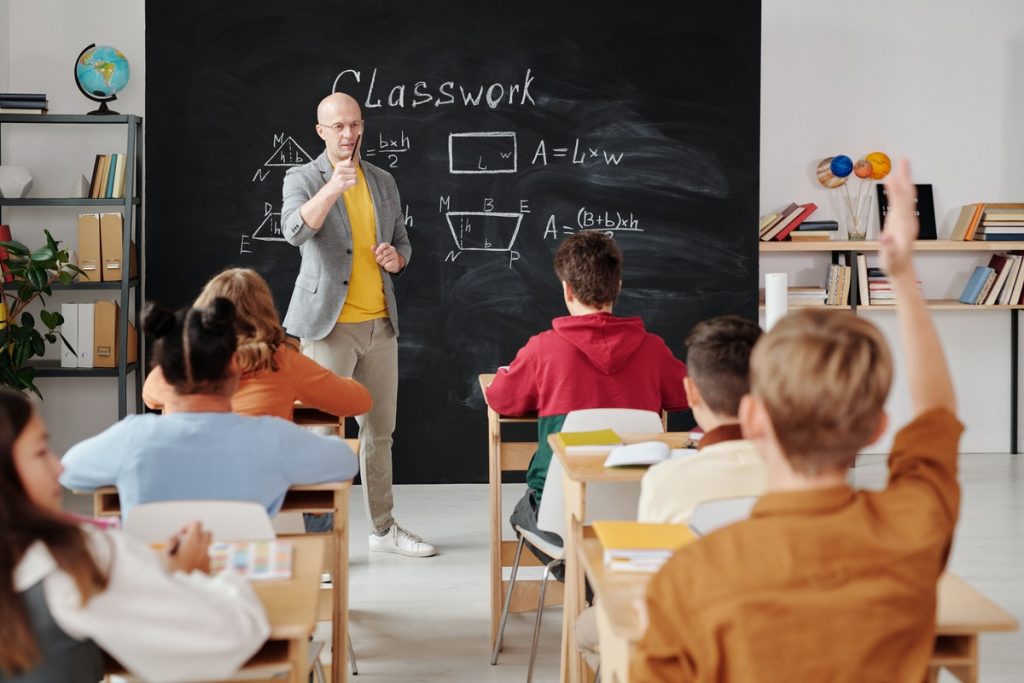The health and safety of educators and students is paramount in any school setting. With the pandemic affecting almost every aspect of life, educators, students, and parents are struggling with the implications of how to keep everyone safe while still ensuring that learning continues.
As schools have had to adapt to the ever-changing circumstances of the past year, this priority has become even more critical. As we move towards a new way of schooling, we must prioritize health and safety in education.
Communication is Key
One crucial factor in keeping everyone safe is creating a strong communication plan. This includes two-way communication between students/parents/educators, and administrators. Regular updates from school administrators on changes or updates to health protocols can help maintain trust and transparency in the school community.
It’s also crucial for parents to communicate their concerns or needs with their children’s teachers so that those issues can be addressed quickly and appropriately. When educators feel supported by the administration, they can better focus on providing quality instruction to their students.
Regular Screenings
Educators and students should be regularly screened for covid-19 symptoms before entering the school building. Students should have their temperatures checked and be asked to answer questions about any potential covid-19 related symptoms they may have experienced. This screening process should be done efficiently to avoid disrupting the learning environment.
In addition, educational facilities should also invest in covid-19 testing to ensure that any cases are identified and isolated quickly. The results of these tests should also be communicated to the school community promptly so that everyone can take appropriate action to protect themselves.
Creating an Open Environment for Students
Understandably, many students will be feeling anxious about returning to school during these uncertain times. Creating a safe space for them to talk openly about their fears and worries helps build trust between educators and students. One way this can be done is through open dialogue sessions where students can voice their thoughts without fear of judgment or ridicule.
Additionally, establishing a positive classroom culture where everyone is respected regardless of differences helps foster an environment of open communication which then allows everyone to feel safer when discussing complex topics such as mental health or physical safety concerning COVID-19 protocols.
Following Health Protocols

Another way that schools can prioritize the health and safety of their educators and students is by following applicable health protocols. This may include implementing social distancing measures such as requiring masks in all areas or reducing classroom occupancy levels to ensure proper distancing between individuals.
Schools may also consider installing hand sanitizer dispensers throughout their buildings to ensure that everyone has access to it at all times. Additionally, they should regularly disinfect surfaces such as desks, door handles, light switches, etc., as well as provide appropriate PPE (personal protective equipment) such as face shields or gloves when needed.
Providing Mental Health Support
Finally, schools should strive to provide mental health support for both educators and students alike. This could include providing counseling services for those who need it or offering educational programs on topics like dealing with stress or managing anxiety in an effort to give people the tools they need to cope with difficult situations.
Schools should also be open to feedback from both educators and students so they can better understand what areas need improvement when it comes to mental health support services within their community.
Ensuring Technology Accessibility
In addition to the aforementioned steps, schools should also ensure that all students have access to technology so that those who may be unable to attend in-person classes can still participate and stay engaged.
This could include providing laptops or tablets for those who are unable to afford them, as well as creating digital content and providing access to online resources for students to use if needed. By doing this, educational institutions can help make sure that no student is left behind and allow everyone the opportunity to learn regardless of their personal circumstances.
The Bottom Line
Overall, prioritizing health and safety should always be a top priority during any situation but especially now with everything going on. Establishing effective communication channels between administrators/educators/students/parents helps ensure that everyone feels heard, which then leads to more trust within the school community, which creates an even stronger sense of security amongst all involved parties.
Additionally, having clear protocols set in place with consistent enforcement reinforces these practices not only physically but mentally as well so that all members of the school community feel safer while still getting quality instruction at home or at school, setting up each student for success!





